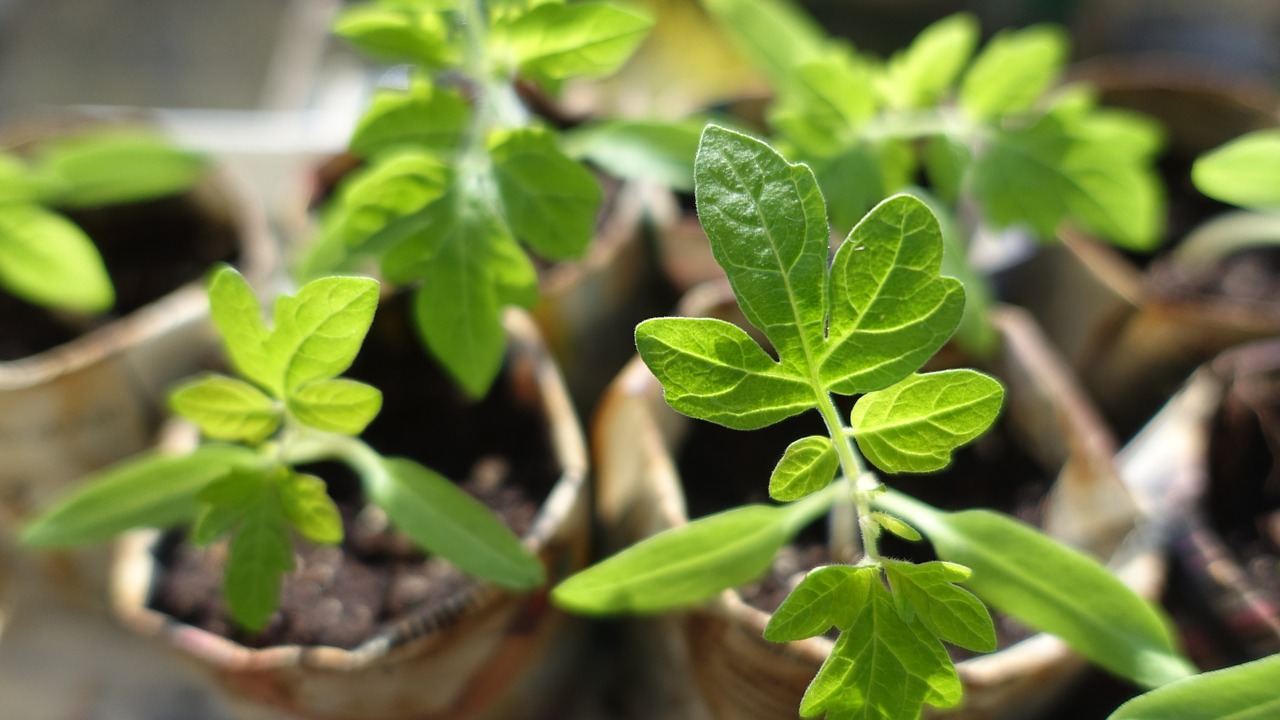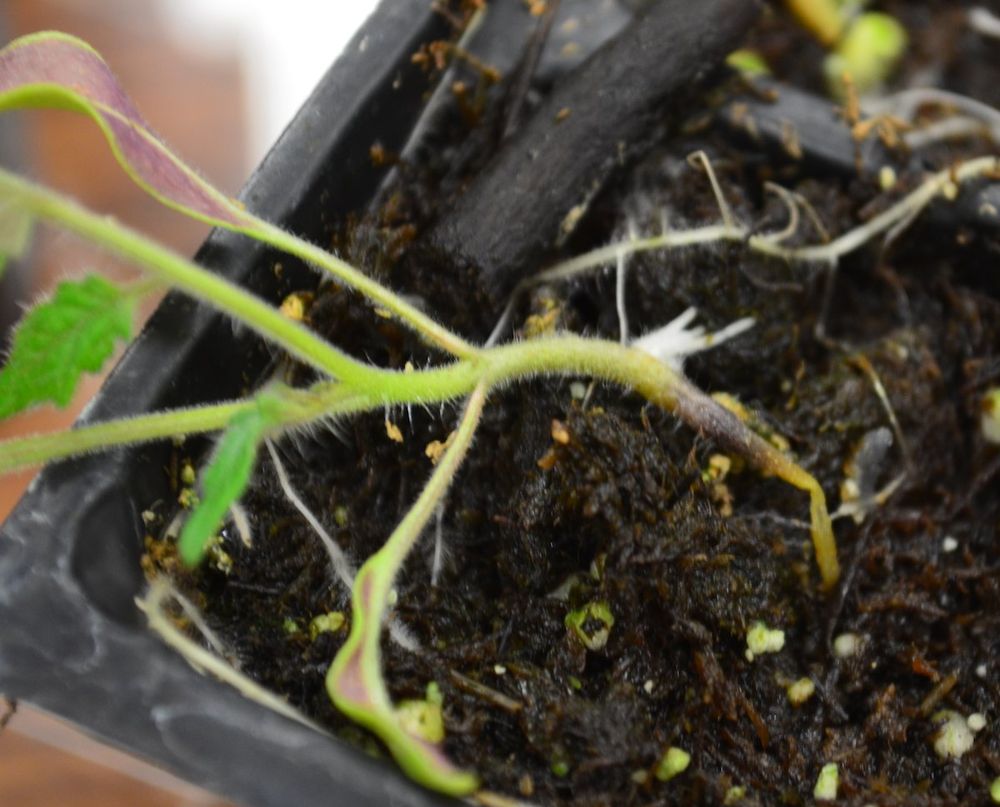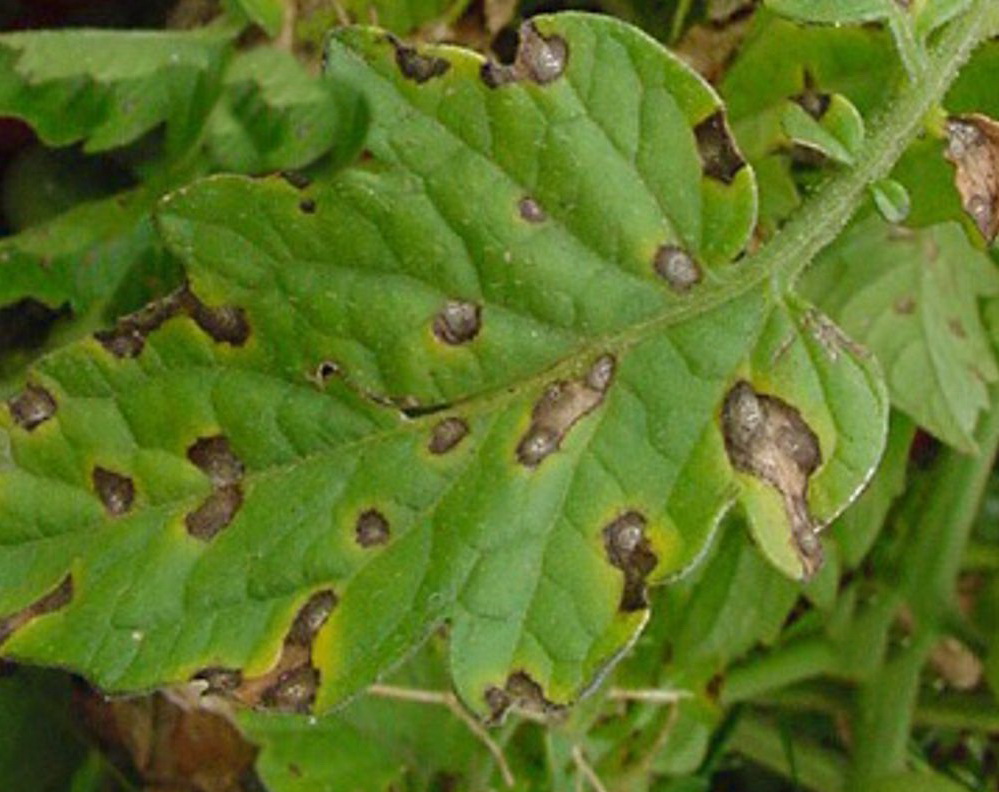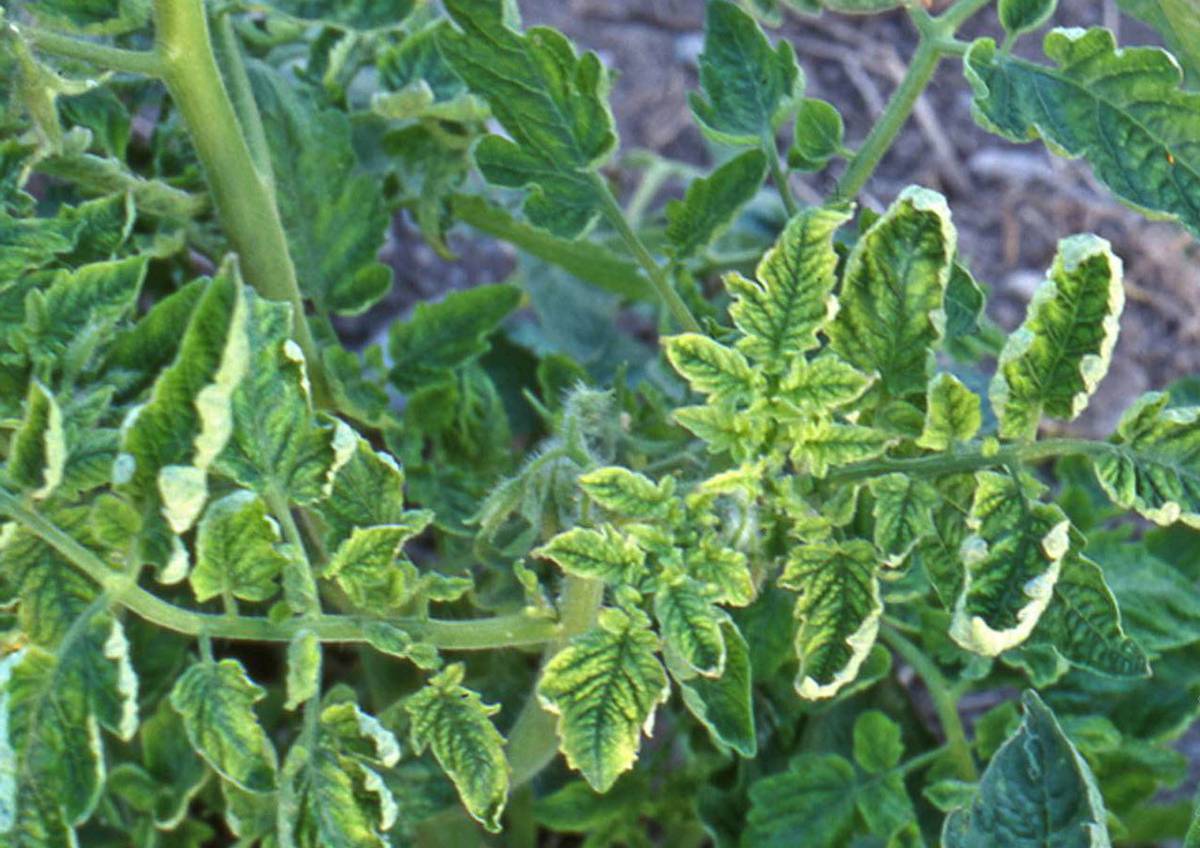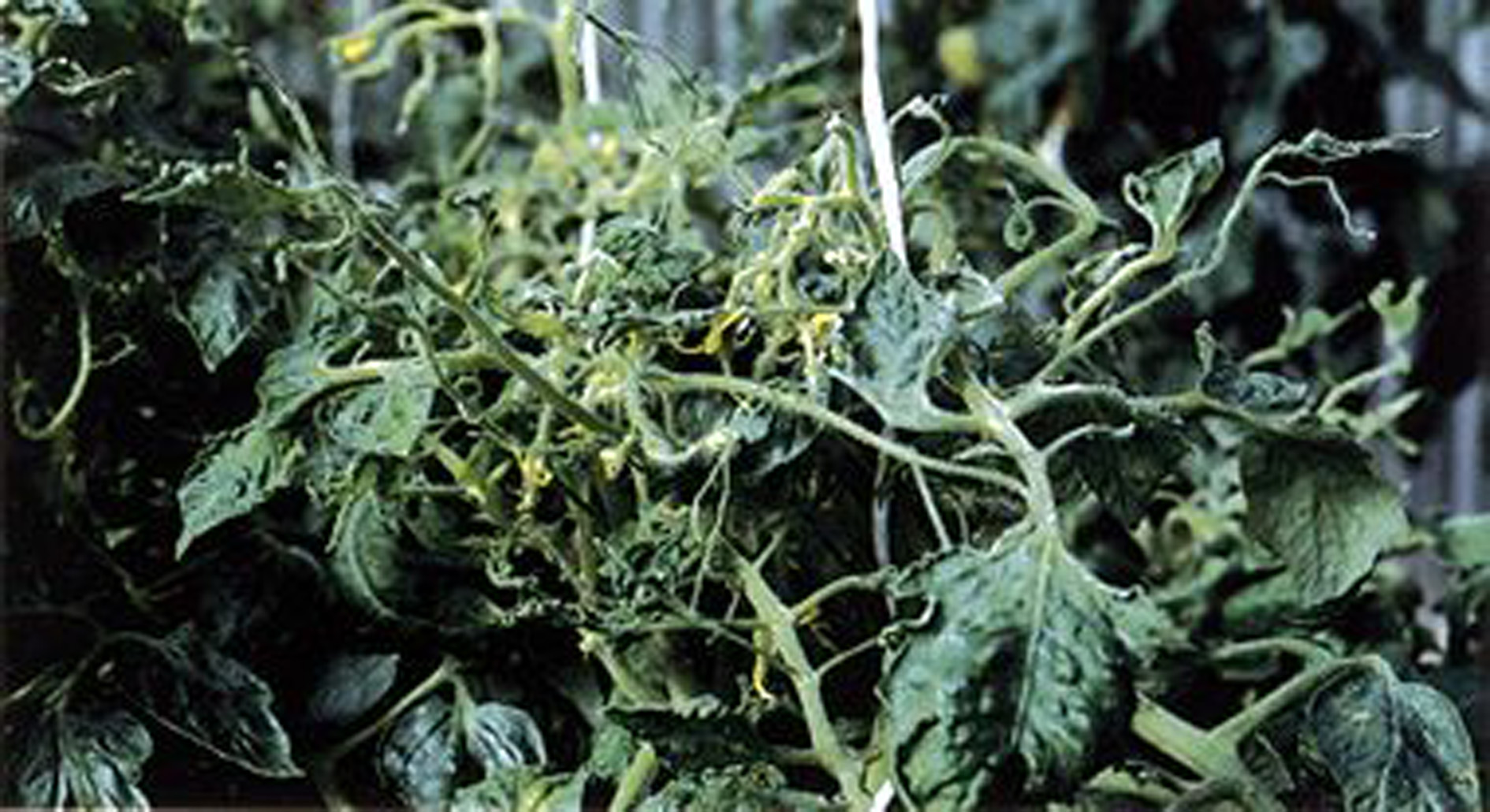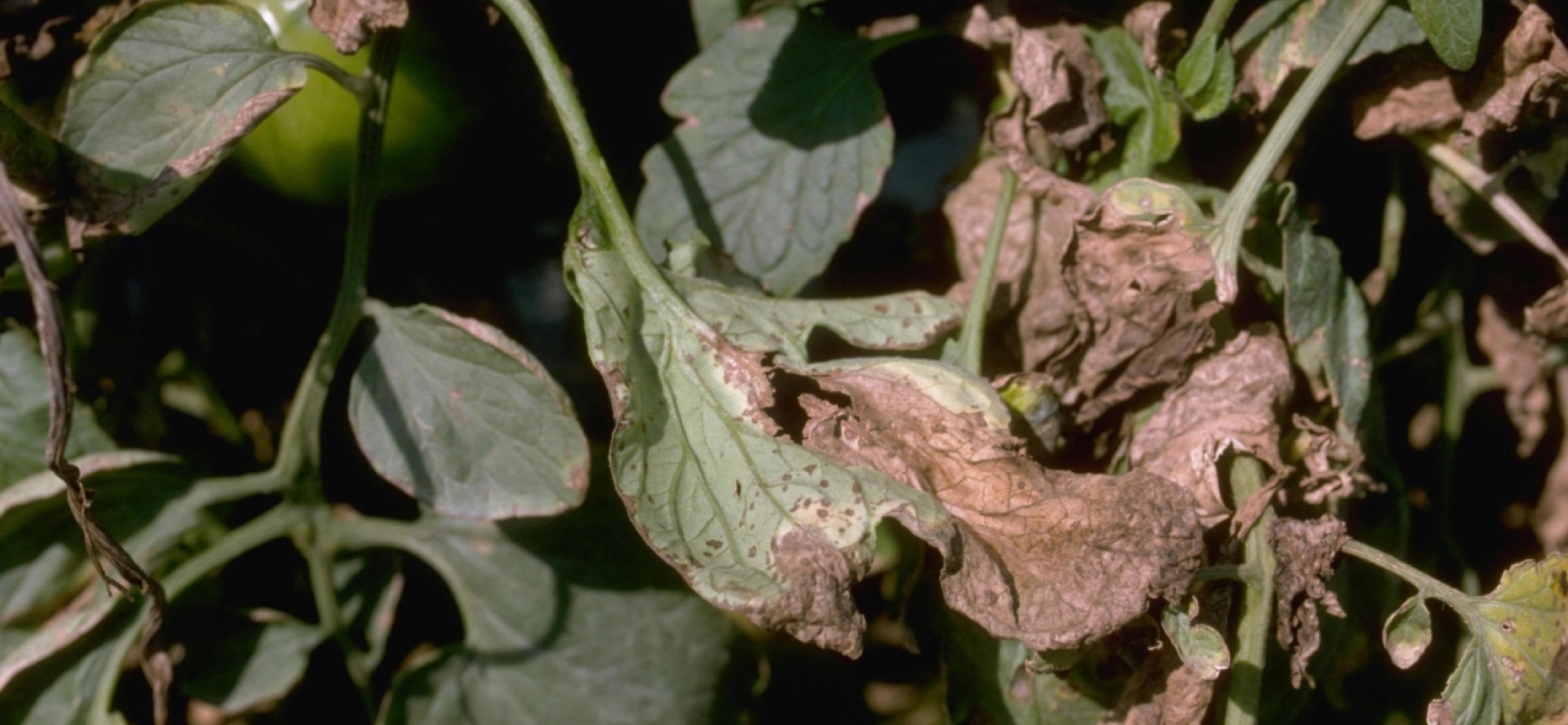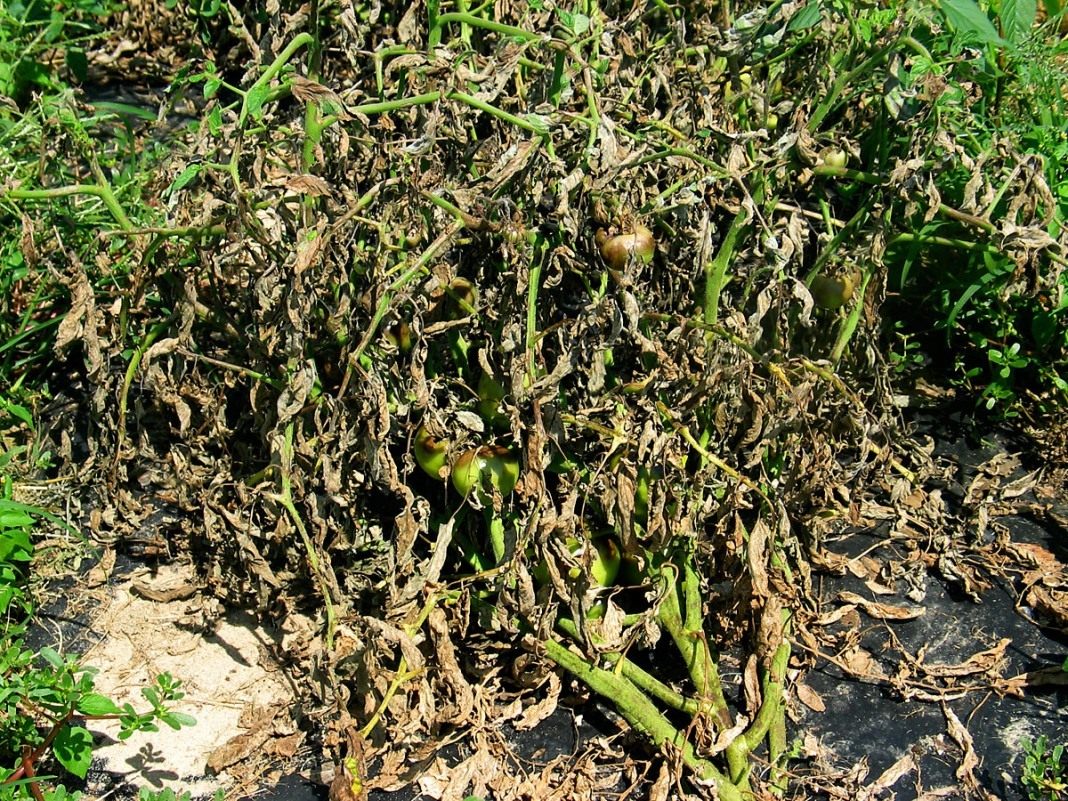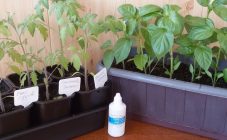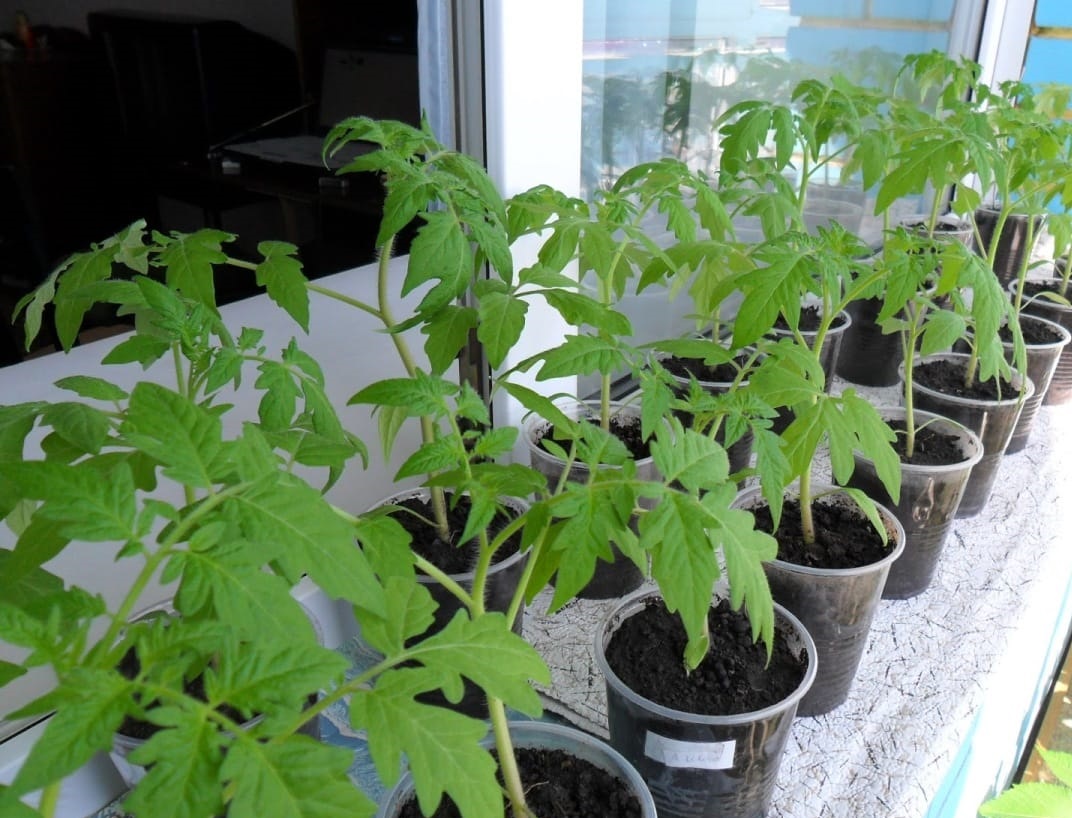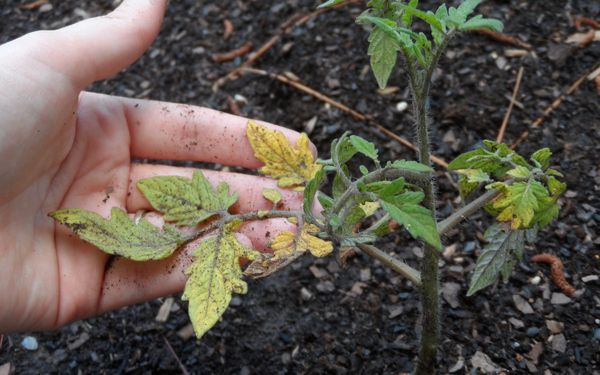Content:
In the spring, gardeners begin to prepare for growing tomatoes. This means that they plant their seeds for seedlings. This is quite simple to do, because tomato seedlings are not very whimsical. But it also happens that the seedlings grow poorly, the leaves dry out, and sometimes they die altogether. The reason is most often - diseases of tomato seedlings, which occur with insufficient lighting or fungal infection. This is often manifested by yellow spots on the leaves of tomato seedlings, yellowing and death.
Basic information about culture
Tomato, or tomato, is a vegetable crop of the Solanaceae family. In Europe, it appeared thanks to Columbus, who considered this plant to be decorative. Tomatoes can be grown both in a greenhouse and in a regular vegetable garden or even at home.
Its fruits can be not only red, but also yellow, pink and even brown. There are already thousands of different varieties in the world, which differ not only in color, but also in taste. Tomatoes are not very picky about the composition of the soil.
Diseases of tomato seedlings and how to deal with them
There are many reasons why seedlings grow poorly, get sick or die.
The main causes of tomato seedling diseases:
- Diseases of a non-infectious nature. Caused by inappropriate conditions: lack of light, improper temperature, humidity, strong wind, lack of certain trace elements.
- Diseases caused by fungi: late blight, black leg, various types of rot.
- Viral diseases: streak, mosaic, aspermia.
- Diseases of bacterial origin: black or brown spot, stolbur.
Non-communicable diseases of tomato seedlings
With a lack of some elements in the soil where the seedlings grow, it may start to hurt. Causes and signs of diseases:
- insufficient amount of calcium - the leaves begin to change their shape, tuberosity appears on them, the root rots and dies;
- little potassium - young leaves begin to wrinkle, potassium deficiency occurs when there is a lot of calcium in the soil;
- little copper - the leaves become sluggish, the root system is affected. Copper deficiency often occurs when using peat soil;
- lack of phosphorus - occurs with prolonged exposure to low temperatures (+11).
Fungal diseases of tomato seedlings
The fungal flora settles both on the surface of the plant and inside it, infecting with spores.
Blackleg
It can be diagnosed by the following symptoms: the base of the stem darkens, a constriction occurs, as a result, its root rots. The fungus can live in the ground for a long time and move into seedlings. Infection occurs due to the fact that the soil is waterlogged or the temperature is too high.
For prevention, you can pour a small amount of wood ash into the soil.
What to do if the listed symptoms appear on the seedlings? As soon as a disease is detected, it is necessary to sprinkle the ground with calcined cooled sand.The sand layer should be about 1.5 centimeters.
White spot
Fungal spores attack leaves closer to the ground.
The following symptoms occur: small spots of white or gray appear on the leaves, small black dots are present on them. Soon the infected leaf changes color to brown, dehydrates and disappears. Over time, the fungus infects the plant higher and higher, which leads to its wilting. If you notice the disease in time, you can try to save the seedlings. To do this, you need to process it with Bordeaux mixture. But it is safer to remove an infected seedling.
Brown spot
It differs from the previous one in that the spots appear on the outside of the leaf and have a yellowish-gray color. On the inside, the leaf is covered with a bloom of olive shade. Soon the number of spots increases, they merge with each other, the plaque turns red-brown. The cause is the same - waterlogging and overheating.
Treat in the same way as white spot. It will not be superfluous to sprinkle tomato seedlings with a copper-based fungicidal solution.
Late blight
A dangerous disease that occurs very often and requires timely detection. Infection is possible by airborne droplets, through soil or seeds. If the seedlings received an insufficient amount of iodine, potassium or copper, the risk of late blight increases. Typical manifestations - the leaves are covered with dark spots with a light border. Stripes appear on the stems, after a while the plants dry out.
Plants need proper watering. You only need to water the ground and avoid getting water on the leaves.
To help the plant cope with late blight, you need to treat it with fungicides. And for prevention, you need to timely feed (nitrogen, potassium, phosphorus).
Diseases of tomato seedlings of viral etiology
Mosaic
The disease is characterized by spots on the leaves, dark and white in the form of a mosaic. Leaves curl, turn yellow and die. Insects can carry the mosaic virus, and a plant can also become infected through seeds and soil.
To prevent infection, you need to use last year's seeds. If the mosaic has already affected the plants, then it is better to dispose of the seedlings, and sprinkle the rest with a solution of manganese or urea.
Streak
A disease caused by the tobacco mosaic virus. Red streaks or stripes appear on almost all plant organs. That is why streak is also called streak. This virus leads to fragility and fragility of the stem. Streak causes low yields and poor fruit quality. The best treatment is prevention. The streakiness is transmitted by the affected seeds, therefore it is necessary to carefully prepare them before planting.
Aspermia
The virus is transmitted through direct contact between plants. Through seeds, transmission of the pathogen is impossible. It is quite simple to recognize the disease, but only in the later stages. The plant lags behind in development and growth, young leaves are small and often deformed, the veins on them are undeveloped. When the fruits appear, they are much smaller than usual, there are no seeds inside.
Diseases of tomato seedlings of bacterial origin
Bacterial black spot
Symptoms of seedling disease: on the leaves you can see watery black spots. The stem also changes externally - black dots or strokes are formed on it. Bacteria are spread by seeds or soil, but their reproduction and activation occurs due to a large amount of moisture and an increase in temperature.The danger is that the disease is asymptomatic in the early stages. To prevent the appearance of black spot, you should only buy seeds from trusted sellers who you can trust.
Why can seedlings grow moldy?
Although plants love water, you need to be careful with watering tomato seedlings. Even if a dried crust appears on the surface of the soil, this does not mean that there is no moisture under it. If you water the seedlings every day, the soil may soon begin to grow moldy. To avoid this, you first need to water it once a day, before picking - once every five days. Further watering is carried out as needed.
Care and fertilization of seedlings after recovery
If the tomato seedlings have begun to recover, do not relax, since thorough care and fertilization are required for its complete recovery. Most often, the recovery of seedlings is accompanied by the continued growth of the plant, as well as large true leaves.
The first thing to do after the seedlings recover is to transplant them into new containers with soil, since the infection that caused the seedling disease can be located directly in the soil.
After recovery, experienced gardeners recommend watering the seedlings with a solution, with the addition of Energen. Also, to resume the growth of seedlings, fertilizing with minerals is necessary. Urea diluted with water in a ratio of 1 spoon per 10 liters of water is best suited for this.
What to do with seedlings in the open field
When the seedlings are already planted in the ground, they must be mulched. For this, both compost and peat or humus are suitable. If this is not done, there is a high probability of the appearance of weeds, increased evaporation of moisture.
In the event of a cold snap, the tomatoes must be covered with foil. If this did not work out, it is better to use some kind of growth stimulant.
Watering should be done only a few weeks after transplanting. After 1-1.5 months, the tomato must be spud in order to prevent stem breakage.
Preventive measures
How to prevent the emergence and development of all of the above diseases? To do this, you just need to follow a number of simple rules:
- seeds for planting in any case must be pickled;
- you cannot fertilize plants with fresh compost, it is better to use humus;
- it is undesirable to plant seedlings very close to each other; there should be enough space between the bushes for ventilation;
- it is preferable to use varieties of tomatoes that are resistant to late blight, since various infections will begin to develop at the first change in temperature.
How and what to fertilize
To get a large and high-quality crop of tomatoes, it is necessary to fertilize the soil from the very beginning. Since this culture absorbs a lot of substances, this should be done regularly.
For the first time, it is customary to apply fertilizers when the first leaves of the seedlings grow. Further feeding is introduced two weeks after the dive. Before planting plants in the ground or greenhouse, fertilizer must be re-fertilized 10 days before.
Nitrogen-containing complexes are best suited in the early stages. For the second stage of feeding, it is better to choose urea (10 liters of water per tablespoon). The last time the plants are fed with fertilizers, which include potassium, phosphorus and nitrogen.
In fact, there are a lot of ways to combat seedling diseases. If you follow the correct conditions for growing tomatoes, protect them from pests, then they will not get sick.Knowing the peculiarities of growing tomato seedlings, care, illness, you can detect the problem in time and the chances of saving the crop will be much greater.
